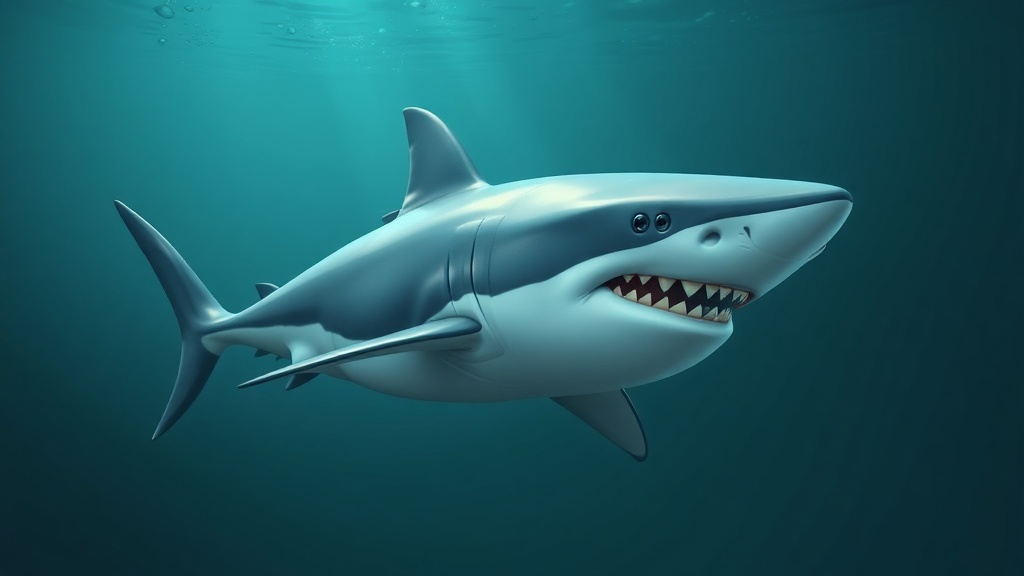Home / Environment / Massive 14-Foot, 1,600-Lb Male Great White Shark Tracked to Canada's Gulf
Massive 14-Foot, 1,600-Lb Male Great White Shark Tracked to Canada's Gulf
10 Oct
Summary
- Largest male great white shark ever tagged in the Atlantic
- Traveled 1,400 km from Massachusetts to Newfoundland and Labrador
- Weighed over 1,600 lbs and measured nearly 14 feet long

According to tracking data from the global non-profit organization OCEARCH, a massive male great white shark named Contender has been recorded in the northern Gulf of St. Lawrence, off the coast of Newfoundland and Labrador. Contender is the largest male great white shark ever tagged in the Atlantic Ocean, measuring nearly 14 feet long and weighing over 1,600 pounds.
OCEARCH first fitted Contender with a satellite tracker in January 2025, when the shark was about 45 miles off the Florida-Georgia coast. Since then, the apex predator has travelled approximately 1,400 kilometers from Massachusetts to the Gulf of St. Lawrence in just 73 days, averaging around 19 kilometers per day.
The SPOT tag deployed on Contender will provide valuable real-time data for about five years, helping researchers track his movements and understand his migration patterns. OCEARCH has also collected important biological samples from the shark, which are currently being analyzed.




